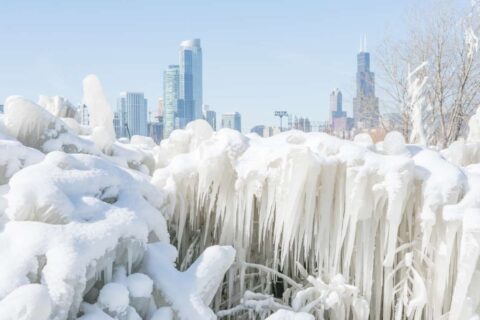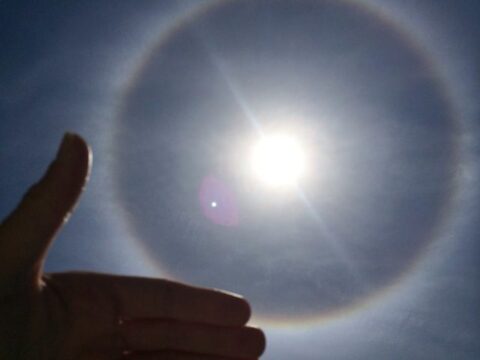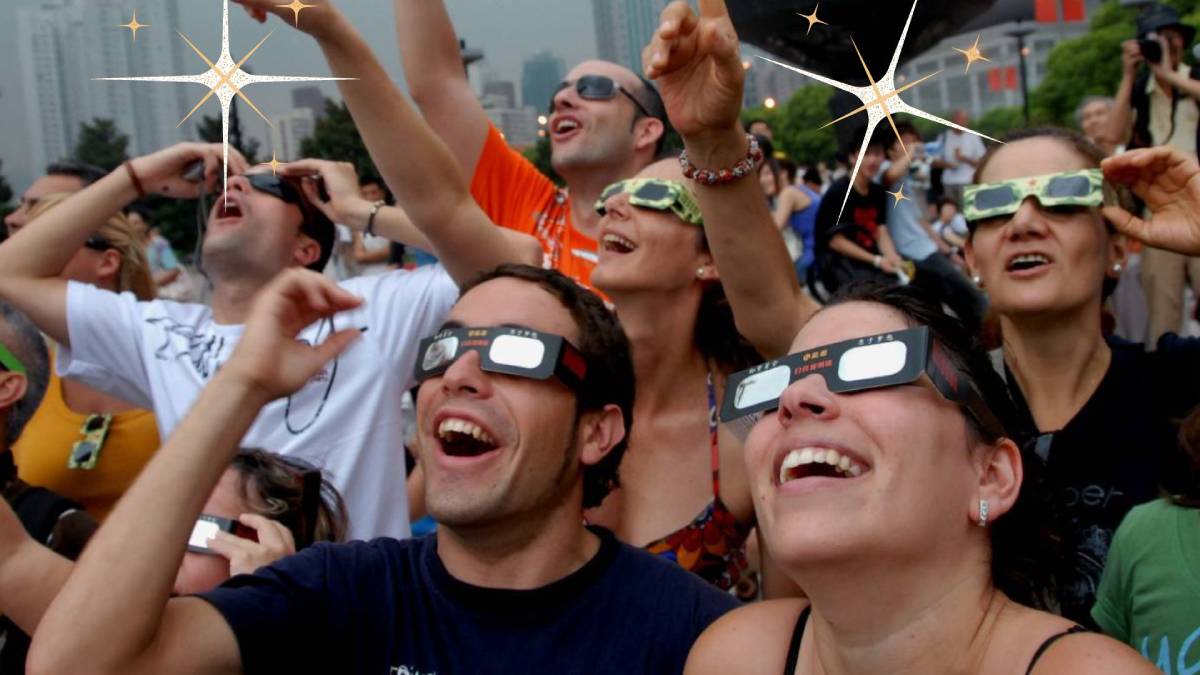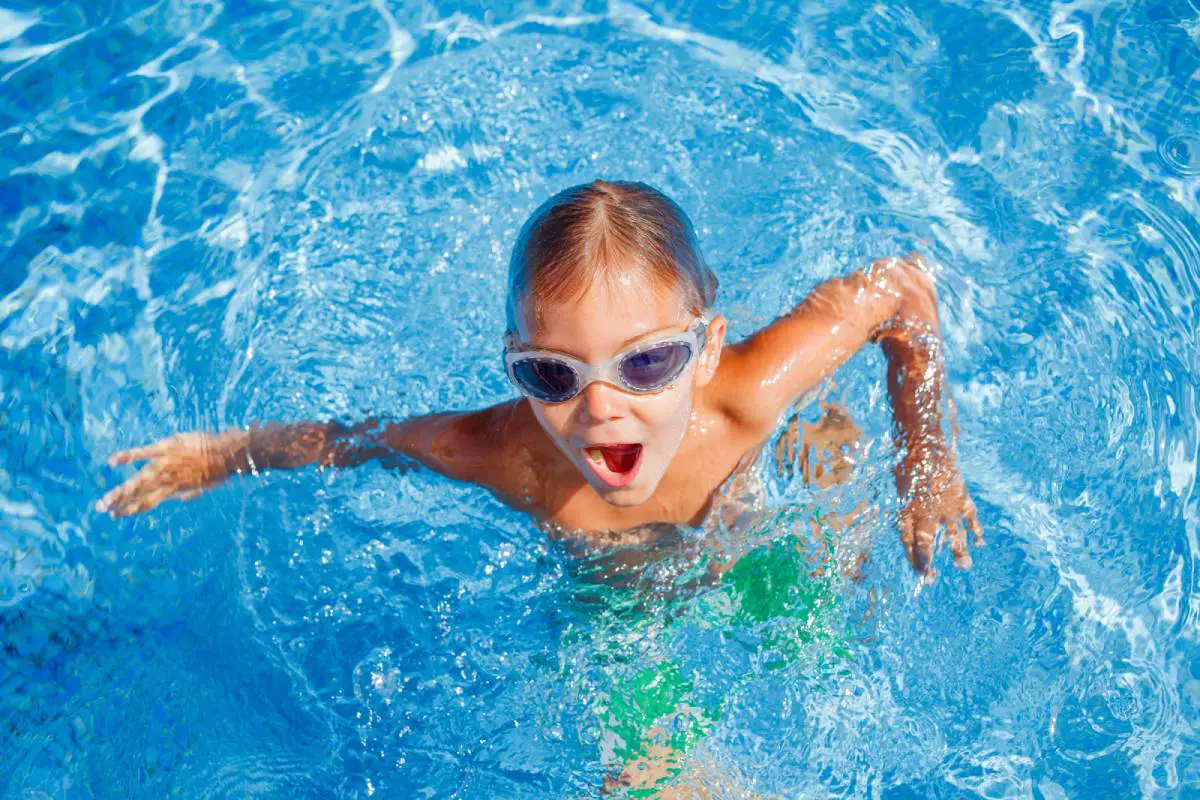 The old saying, “You’re on thin ice” usually means you’re probably speaking of a subject matter best left alone.
The old saying, “You’re on thin ice” usually means you’re probably speaking of a subject matter best left alone.
The reason behind the saying is obvious — those who attempt to walk on thin ice are quite likely to be swimming in short order.
Every year, many who head out onto frozen lakes in search of that one good fishing hole in the ice end up at the bottom of the lake — trapped in their vehicle.
There always seems to be that one guy who is oblivious to the rapidly approaching spring weather, and while trying to get in just one more weekend out on the lake, he ends up going through the ice.
Yes, You Could Die
Just a few weeks ago here in Duluth Minnesota, a very knowledgeable individual who has fished the St. Louis River all his life fell victim to unseen currents that weakened the ice under his Jeep.
That one instance of misjudging the thickness of the ice cost him his life.
Recently, an ice floe on Lake Erie had over 150 people stranded on a large section of ice that broke away from shore. They were ice fishing.
This rescue video of the stranded fishermen shows the great effort required to return these people to safety. Unfortunately, one died.
Common sense was lacking among these fishermen, as they traversed a quickly thrown-together plywood bridge to get out onto the ice floe. It’s no surprise that the wind shifted and the gap between danger and safety widened to the point that they all became stranded and required rescuing.
Complacency, following the herd mentality, bravado… those are all very quick ways someone could easily find themselves in a life-threatening situation.
Thin Ice: How Thin Is Too Thin?

As a quick recap of some basic ice terminology, here are 5 common ice terms that you should know:
- Old Ice: Sea ice that lasted through at least 1 summer’s melt. Old ice is usually smoother than new ice.
- Ice Drift: Ice drift is the result of wind and water currents moving ice. Ice drift movement is measured in how many kilometers per day it moves.
- Ice Cake: An area of flat ice measuring less than 20 meters in diameter.
- Ice Melt: The result of ice melting due to relatively warm water or air.
- Thin Ice: Ice that forms on lakes and is 5 to 15 centimeters thick.
There is no guaranteed “safe” thickness of ice, however, these General Ice Thickness Guidelines will give you a good approximation.
Rivers and river outlets which flow into lakes are dangerous areas all throughout the winter months. Currents can erode ice, even when there’s no indication of weakening on the surface. The only sure way to know how thick the ice is would be to drill test holes along your intended path.
Minnesota regulations require ice fishing shelters be removed from inland lakes during the first 2 weeks of March, depending on where in the state they are located. Does this guarantee safe ice until that last weekend? No! If it is an usually warm winter, those dates may be well past a safe time to go out on the ice with vehicles or recreational equipment.
With global warming creating unexpected changes in the climate, thin ice will appear earlier every year.
You can’t count on “the other guy “or some government agency to protect you when you venture out on the ice. It’s your responsibility to verify the ice conditions and be constantly aware of your surroundings.
For what it’s worth, those fishing out on the ice of Lake Superior often drag a canoe or small row boat with them. Carrying a minimum amount of gear, if the ice should break away, they could load up the boat and return to safety with minimum fuss.
If You Need To Be Rescued…
When fishing off shore toward the end of winter, there are 2 important things to remember:
1. The water is deadly cold in the winter. In fact, your survival time in Lake Superior is about 15 minutes… and that’s in the middle of summer!
2. Yes, the Coast Guard rescues people. However, that shiny new SUV or expensive snowmobile and ATV four-wheeler will be left behind. You will be responsible for retrieving them at your own expense. And if they break through the ice and sink to the bottom, there will be heavy fines involved.
And, for what it’s worth, keep an eye on your kids when they’re playing on thin ice too!
I’ve been involved in RVing for 50 years now — including camping, building, repairing, and even selling RVs. I’ve owned, used, and repaired almost every class and style of RV ever made. I do all of my own repair work. My other interests include cooking, living with an aging dog, and dealing with diabetic issues. If you can combine a grease monkey with a computer geek, throw in a touch of information nut and organization freak, combined with a little bit of storyteller, you’ve got a good idea of who I am.








